Small forecourts in particular will struggle to accommodate electric charging facilities because of safety and parking requirements, according to Jamie Thompson, chairman of the technical committee of the Association for Petroleum and Explosives Administration (APEA).
“The government is very keen to get electric charging points on petrol stations - I don’t think it’s the best place to put them, but nevertheless it’s a requirement,” he said during a presentation at last week’s APEA conference in Milton Keynes.
“But if you’ve got a small forecourt it would be very difficult. Certainly I know that our electrical experts are looking at ways to give forecourts better guidance, because unfortunately companies are already starting to install these electric charging facilities and not all the petroleum enforcement authorities are aware of it. It is going to be a big problem.
“Charging points must be situated outside hazardous areas,” he stressed. “Also the run from the facility mustn’t go through a hazardous area either. The advice we’ve given is that the electrical supply to the electrical vehicle charging station should be interlocked with the petrol station supply, so that it can be switched off by the petrol emergency switch to ensure safety. This will ensure the emergency services can properly respond to the situation requiring their attention.
“Otherwise you’ll get into the situation where there’s an incident on the forecourt, you turn off the emergency switch - but then you find there’s still power to the electric charging station, which can cause problems to bystanders or anyone else.”
With faster charging facilities already being installed, that’s a lot of electrical current – between 22kw and 45kw – to put anywhere near a petrol forecourt.
“You’re going to need a large area. If you take a motorway service area, where you have a large parking space, with cafes and restaurants, you can do it. But you’ve got to have a very large forecourt to do it.”
Conference host Quentin Willson said: “I think we’re going to see easy-charging hubs as distinct from fuel stations, you’ll see a multiplication of different centres where EV drivers go exclusively and there is no petrol sold.”
Shell is working on a ‘mosaic’ of future fuelling options, according to Jane Lindsay-Green, retail future fuels manager at Shell UK.
The company has made several announcements recently about its electric charging programme including the launch of its rapid charging service, the acquisition of NewMotion, and deal with IONITY.
“There are horses for courses, so we are exploring and investigating in a number of different spaces,” she stressed. “But it’s not just about electric, although that is topical at the moment.
“Beyond electric we’re also entering into the world of hydrogen. We opened our first hydrogen refuelling station on a service station - on the M25 in Cobham - in February. The next will be in December – Beaconsfield on the M40 - and a third at the end of the year.
“Hydrogen is an interesting technology. It’s incredibly embryonic at the moment, but it does offer some customers options in terms of mobility. It takes about two to three minutes of refuelling time and has a range of over 250 miles.
“We believe hydrogen will play a material part of the transport sector in the mid to long term in this country.”






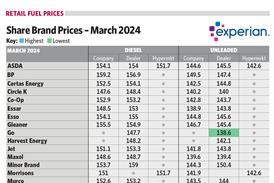
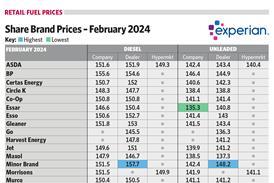



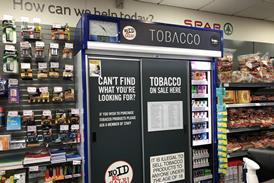

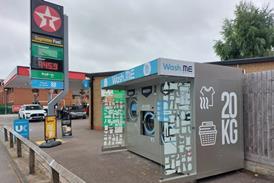


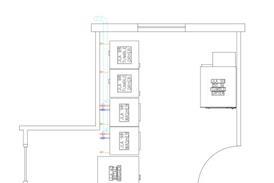

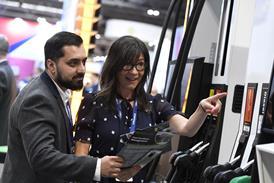


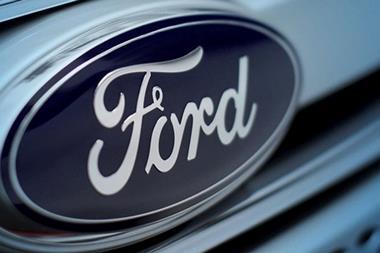


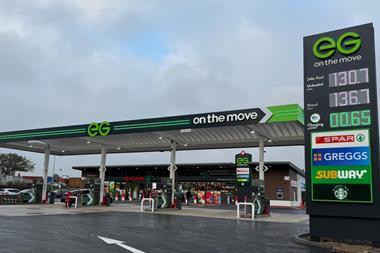
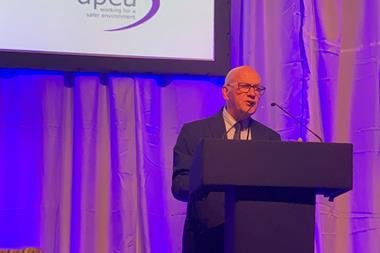
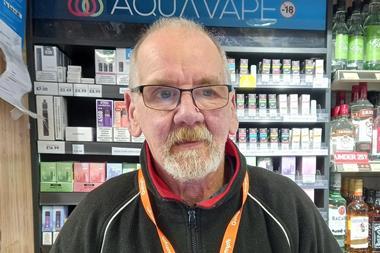
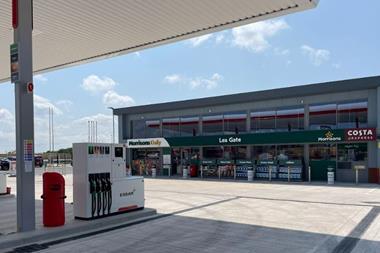
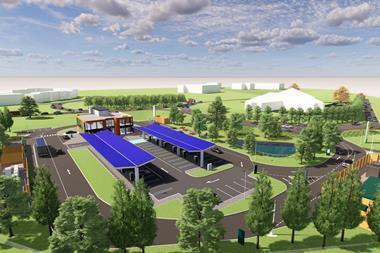



No comments yet